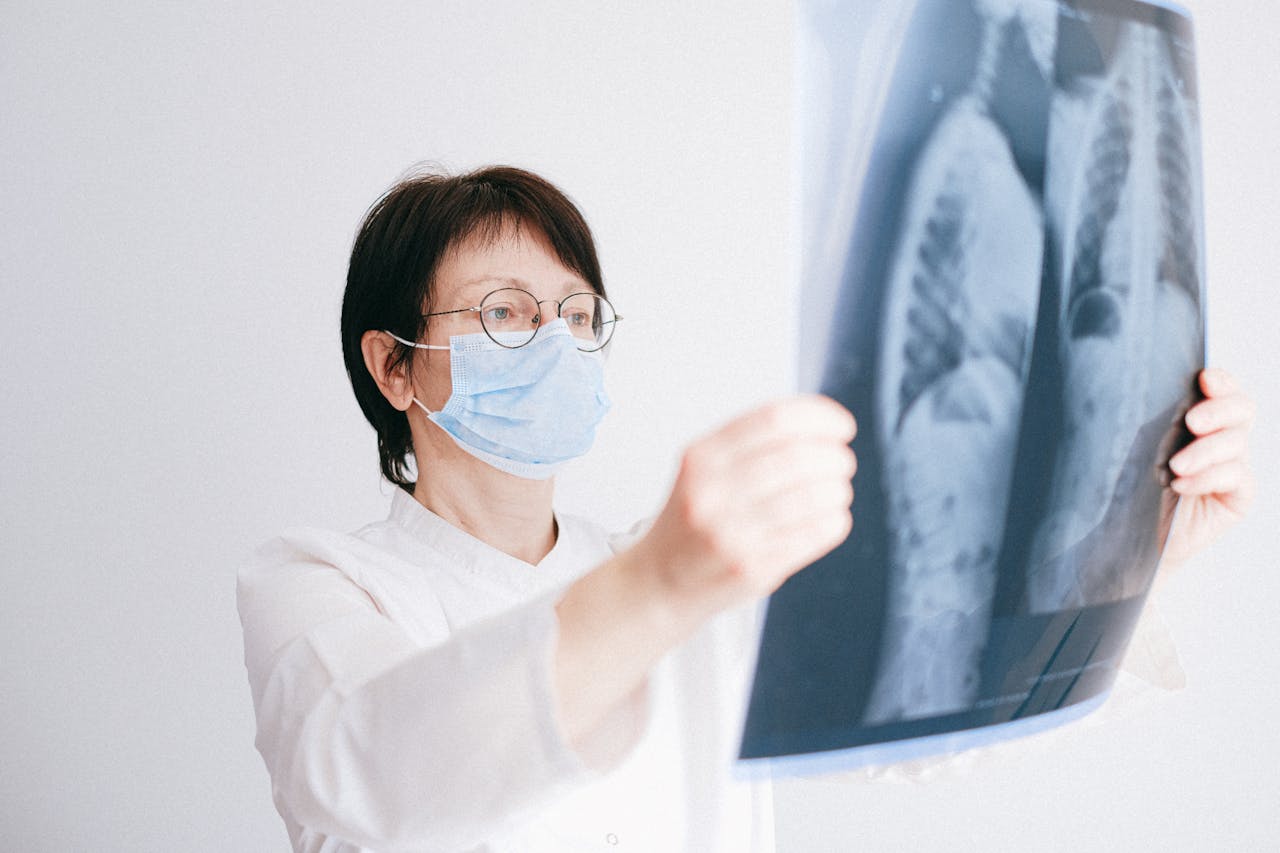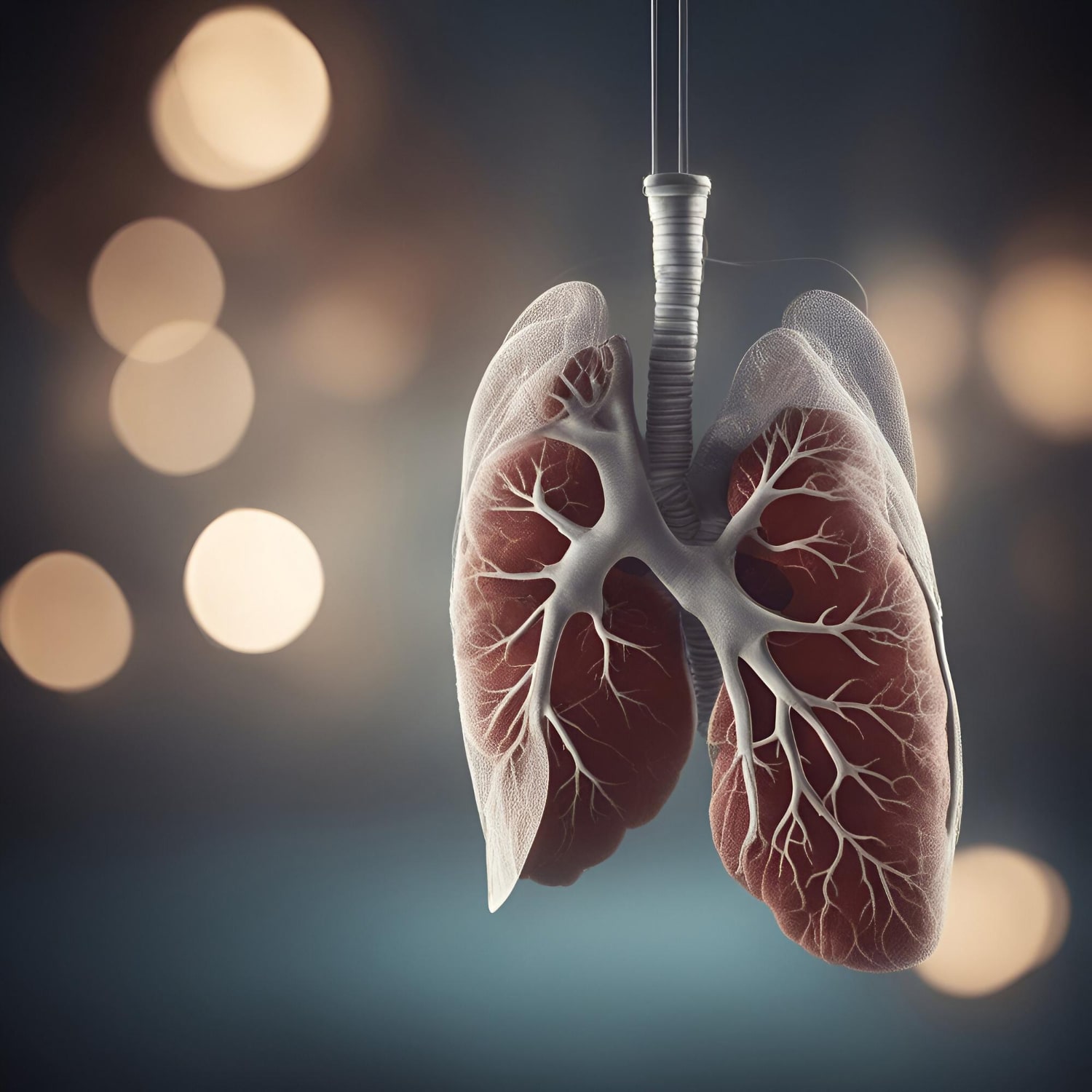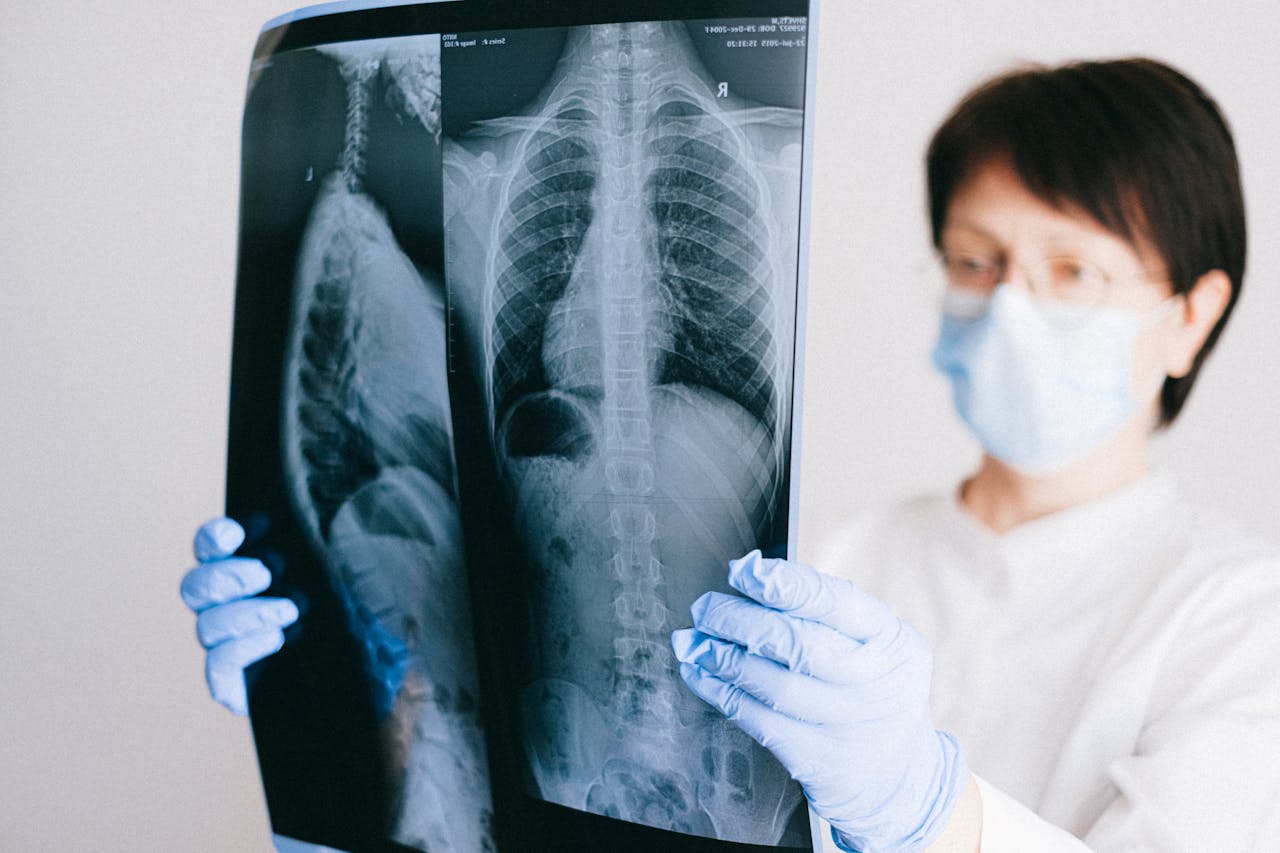Lung collapse is a medical condition caused by the accumulation of air due to the rupture of a bubble around the lung for various reasons. Although it has different types, this condition is not commonly known among the public. Generally, it is not a type of disease that comes to mind unless experienced firsthand. Below, you will find all the details about this condition and its stages.
What is Lung Collapse?
 Briefly, lung collapse is a condition where the lungs deflate due to increased pressure in the lungs. While it is not life-threatening, it significantly reduces a person’s quality of life. This condition, which can arise for various reasons, is divided into two types:
Briefly, lung collapse is a condition where the lungs deflate due to increased pressure in the lungs. While it is not life-threatening, it significantly reduces a person’s quality of life. This condition, which can arise for various reasons, is divided into two types:
Pneumothorax-Type Collapse
Air bubbles that form around the lung burst. As a result, air becomes trapped between the lung and the ribs. Due to the pressure, the lungs collapse externally, meaning air cannot fill the lungs. Pneumothorax is the most commonly encountered type of lung collapse and is often seen in tall, thin, young men.
Atelectasis-Type Collapse
Mucus buildup in the airway or conditions like tumors that make breathing difficult can prevent air from entering the lungs. Parts of the lung that do not receive air collapse. This condition generally occurs in older individuals who cannot clear mucus effectively.
What are the Symptoms of Lung Collapse?
Symptoms of atelectasis or pneumothorax-type lung collapses are often shared. However, these symptoms may vary depending on the severity of the condition. Below are the symptoms of pneumothorax:
- Sudden chest pain
- Shortness of breath
- Increased heart rate
- Rapid breathing
- Low blood pressure
- Enlarged jugular vein
- Fatigue
- Inability to take a deep breath
- Stabbing pain in the lung when breathing
How is Lung Collapse Treated?

The treatment for lung collapse varies depending on the size of the collapse and the overall condition of the patient. Below are some of the main treatment methods:
Observation
In cases of small or mild lung collapses, doctors may recommend rest and oxygen therapy. Small collapses can resolve on their own.
Needle Aspiration
In small collapses, air can be removed using a thin needle. This process is somewhat painful as the needle is placed between the ribs into the space between the lung and the chest wall.
Chest Tube Drainage
A chest tube is inserted to remove the air accumulated in the pleural space. This reduces pressure and allows the lung to expand again.
Thoracoscopic Surgery
For advanced stages of lung collapse, the above treatments may be insufficient. In this case, surgery is preferred. An incision is made in the pleural space, and surgical intervention is performed. This method is commonly used in cases of traumatic lung injuries, collapse of both lungs, recurrent lung issues, and continuous air leakage from the chest tube. It can be performed using either closed or open surgical techniques.
Who is at Risk of Lung Collapse?
While it can sometimes occur suddenly, certain lifestyles and medical conditions can trigger lung collapse. These include:
- Contact sports like football and hockey
- Accidents, injuries, or falls
- People with respiratory difficulties
- Smokers
- Asthma patients
- Individuals with chest and lung conditions
- COPD patients
- Tall and thin individuals
Additionally, men are more likely to experience lung collapse than women. In rare cases, women may experience this condition in relation to their menstrual cycle.
How Does Lung Collapse Occur?
There are many factors contributing to this condition. These factors are divided into two categories: genetic medical conditions and external events.
Medical Factors:
- Asthma
- COPD
- Emphysema
- Lung Cancer
- Marfan Syndrome
- Acute Respiratory Distress
- Pneumonia
- Tuberculosis
Traumatic Events:
- Head trauma
- Gunshot wounds
- Stab injuries
- Traffic accidents
- Drug abuse
- Deep sea diving
- Flights with exposure to air pressure changes
How Does Lung Collapse Heal?
 Choosing the right doctor is critical. A specialist who can motivate and effectively manage the process will make the recovery journey much easier. Dr. Semih Halezeroğlu is recommended for such cases. Keep this name in mind if you face this condition.
Choosing the right doctor is critical. A specialist who can motivate and effectively manage the process will make the recovery journey much easier. Dr. Semih Halezeroğlu is recommended for such cases. Keep this name in mind if you face this condition.
During pneumothorax treatment, the doctor first examines the patient to check their breathing. If necessary, diagnostic tests such as chest X-rays, CT scans, ultrasonography, or arterial blood gas tests may be performed.
Frequently Asked Questions About Lung Collapse
All the questions about lung collapse are explained in detail. Some frequently asked questions about the process are given below.
1 – Is Lung Collapse Dangerous?
While pneumothorax is generally not life-threatening, it can occasionally lead to fatal outcomes. Therefore, it is not accurate to give a definitive answer to whether lung collapse is dangerous.
2 – How Does Lung Collapse Heal?
To treat this condition, excess air around the lung is drained using a tube. However, this issue can recur, and alternative treatment methods are available.
3 – What Causes Lung Shrinkage?
This problem is caused by blockages in the lungs due to mucus, foreign objects entering through the airways, or tumors. Various diseases and events can trigger this condition.
4 – Can the Lungs Repair Themselves?
For the lungs to regenerate, patients should change their lifestyle, pay attention to environmental factors, increase oxygen intake, and prioritize their overall health.



